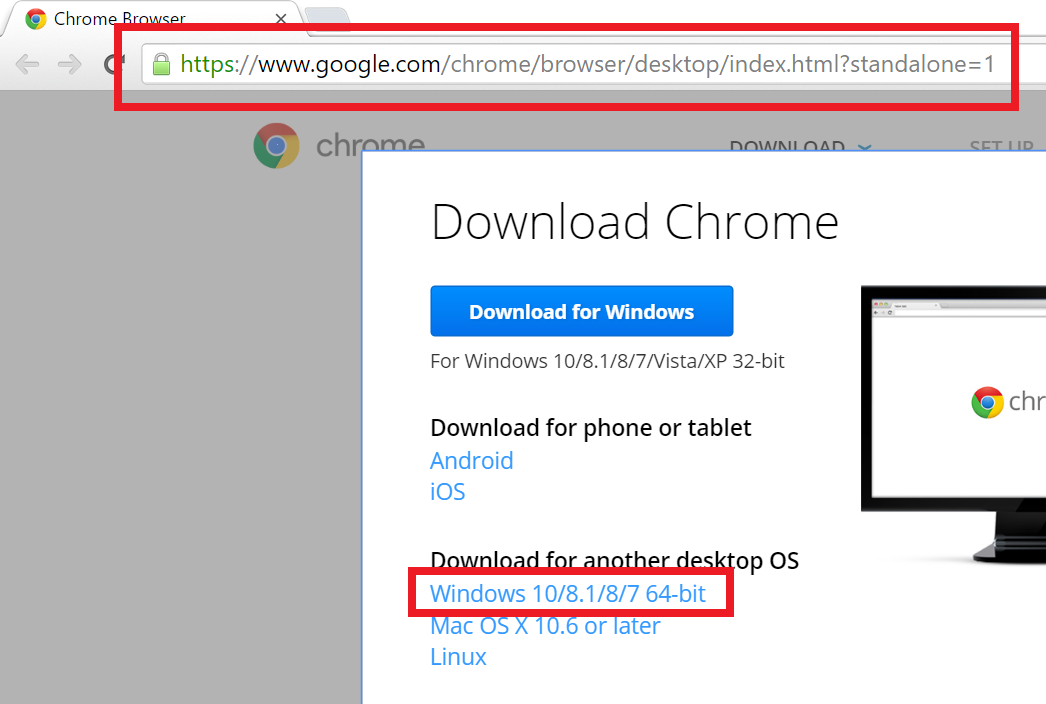
Chrome was the first to provide a resource-friendly browser that loaded quickly and didn’t suck the life out of your system, although again the competition has now caught up – and in some cases – surpassed its achievements. It was Chrome’s sleek tab-driven interface with minimal real estate that was adopted by Firefox and then Internet Explorer (now Edge). Both browsers have improved massively in recent years, but part of that improvement is down to the growth in rival browsers like Google’s open-source alternative.Ĭhrome is no longer the young upstart it once was, and its pioneering spirit is often forgotten in the mists of time. 120 - x86, x86_64.Many people are happy to stick with the default browser set up when they fire up their computer for the first time, which means Edge if you’re a Windows 10 or 11 user and Safari if you’re on an Apple Mac.

The browser comes with incognito mode which doesn’t save your history and has some enhanced privacy options. You can also translate webpages in any language and use tabs in order to manage multiple webpages.

The application comes with the option to search for webpages by voice and save data usage while browsing.

Chrome comes with the option to log into your Google account and sync your bookmarks and history across other devices.


 0 kommentar(er)
0 kommentar(er)
